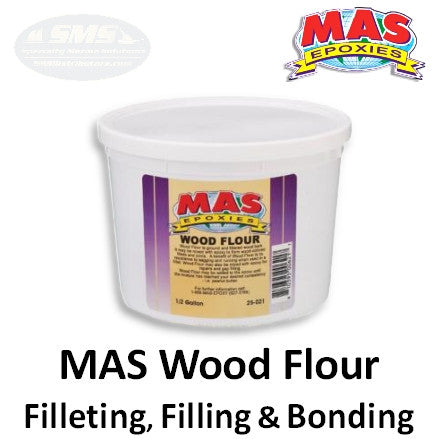

The two basic classifications of wood fillers are water-based and petroleum-based. Another key difference between the two is that wood fillers come untinted, as they are stained along with the rest of the wood after drying and sanding. While most wood fillers turn out hard, this doesn’t actually add to the structural integrity of the wood it is applied on. Wood fillers dry into a hard finish, whereas wood putties are more flexible. This is another difference between wood fillers and wood putties. Wood fillers are typically a combination of wood byproducts as sawdust or wood dust, suspended in a binder, either water- or petroleum-based, that dries rock solid. Additionally, when you apply wood putty onto wooden furniture or fixtures, you can expect it to be durable enough that you won’t have to replace it. Even if you only use a small portion of it for your project, you can stow the rest of it for use on another project. Long-lasting – When appropriately stored in a cool and dry place, the wood putty should last you up to 20 years.Of course, you’ll generally want to keep the shade in line with the wood to avoid drawing too much attention to the imperfection. Color Combinations – As previously mentioned, wood putty comes in different tints to match or contrast the wood surface you are working with.After drying, you’ll want to sand the surface to achieve a smooth finish.

Once you’re satisfied with your work, you can simply wipe off the extra wood putty and wait for it to set. Application – Wood putty is extremely flexible, affording you the luxury of patching up tiny cracks to large imperfections using a putty knife to cover wider areas.The following are some of the benefits of using wood putty for your project: Because wood putties are typically used on finished surfaces, they come in different tints to match such. This flexibility is very useful in filling small holes, cracks, and divots in the wood’s surface. Wood putties use synthetic materials like epoxy or polyurethane, making them stay relatively pliable even after drying and generally unsuitable for raw wood. The first main difference between wood putty and wood fillers comes in the material it is made with.

Wood putty is often referred to as “plastic wood,” and is typically applied on wood surfaces that have been stained or varnished.


 0 kommentar(er)
0 kommentar(er)
